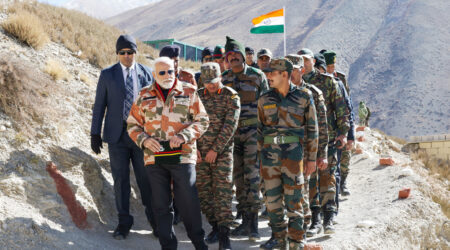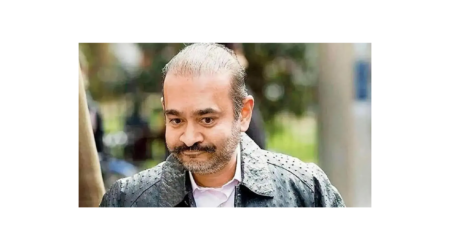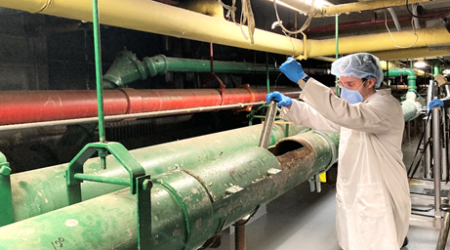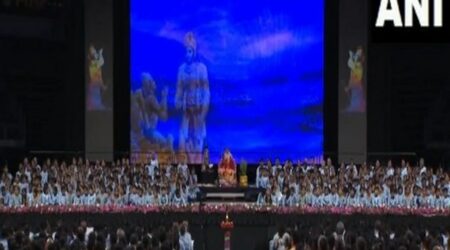By Maj Gen Sudhakar Jee
India and China held another round of diplomatic talks last week to review the situation of Line of Actual Control (LAC), and discussed proposals for disengagement in the remaining area in an ‘open and constructive’ manner while Depsang and Demchock remain the flash points.
There have been bilateral ‘Peace and Tranquility Agreements’ between the two giants in 1993, 1996, 2005, 2012, and 2013 but ground realities remain the same since the 1950s.
The field experience shows that it is the most dangerous time on the ground when China is on table talking peace. The question being asked in the officers’ mess is, “where will China strike next?”
‘Fan Fa You Wei’ Mantra
President Xi Jinping abandoned Deng Xiaoping’s doctrine of “Tao Guang Huang Yei,” meaning maintaining a low profile, and biding time and keeping making progress and development in favor of “Fan Fa You Wei,” meaning aggressive projection of power.
This resulted in a series of escalation incidents and face offs between troops at Depsang (2013), Chumar (2014), Demchock (2014-15), Depsang (2015), Doklam (2017), Pangong Tso (2019). Galwan misadventure in spring of 2020 represents blatant violation of all protocols and agreements at the LAC by the Chinese. They were taken aback by the strategic move of Indian forces to occupy the Kailash Range and after which triggered the process of peace talks and disengagement.
The Chinese Army’s attempt to alter the status quo at Yangtse near Tawang on Dec 9-11 in 2022 was yet another case in point towards Dragon’s intentions of changing the strategic dominance in its favor along the LAC.
Salami Slicing
Presently, there are 65 Patrolling Points (PP) in vogue since 1996, based on China Study Group (CSG) guidelines, starting from the Karakoram Pass to Chumar in eastern Ladakh. These PPs are to be patrolled regularly by the Indian Security Forces. According to one of the research papers submitted at the Annual police meet in Delhi in Jan 2023, India has lost access to 26 (PP 5-17, 24-32, 37, 51, 52, 62) out of 65 PPs. However, the same must be verified and confirmed before triggering any alarm.
Still, here I list a few points where Indian troops will be on their toes while the diplomats try to decode the Chinese jargons in the table talks.
Karakoram Pass
Karakoram Pass situated at the height of 5,540 meters is about 18 Kms north of Daulat Beg Oldi (DBO), the Indian airstrip in Eastern Ladakh. India’s strategic 256 Km long Darbuk-Shyok-DBO (DS-DBO) road is considered as a threat for their National Highway G-219 by the Chinese connecting Kashgar (Xinjiang) with Lhasa (Tibet). 179 Kms of this highway runs through Aksai Chin.
Hence, the Karakoram Pass offers an opportunity to the PLA to exploit to its advantage against the IA’s operational plans in future.
Although the Karakoram Pass is reasonably well defined and accepted, so far, as the northern extremity of the boundary by both China and India, the same may be occupied in a ‘coup de grace’ operation with absolute stealth and surprise by the PLA.
Depsang
The PLA at Raki Nullah ‘Y’ Junction in Depsang, which is within Indian territory, continues to deny access to Indian patrols up to PPs 10, 11, 11A, 12 and 13. This Chinese intrusion dominates an Indian territory of approximately 952 Square Kms in Depsang.
Even after the disengagement of the forces as a possible outcome of the ongoing talks, the PLA will still be able to re-occupy the existing location faster than the Indian response matrix. China has a faster mobility advantage in the area due to the road network that India lacks.
Kailash Range
The Kailash Range that was occupied by the Indian Army in Aug 2020. Chinese feel threatened by the Indian positions in the Kailash range and may try to establish counter posts. Thus, India needs to enhance surveillance capabilities in the area immediately.
Dumchele
Dumchele lies at the base of Chang La, officially claimed as a border between India and Tibet by Survey of India maps. The recent up-gradation of infrastructure and increased presence of PLA troops below Chang La towards the Indus valley caused deep concerns for Indian authorities .
After Indian action in Kailash Range, the rattled Chinese started planning a new road joining the Indus funnel at Dumchele. The road took shape only after disengagement and withdrawal by both sides in February 2021. It connects Moldo-Rudok with Dumchele-Shiquanhe highways providing vital inter-sector connectivity.
Moreover, PLA has been denying the traditional grazing grounds and dismantling the cattle-pens constructed by Indian graziers in the past.
The Demchok sector is nearest to Tibet -Xinjiang Highway G-219 and the recently announced G-695. The area is a potential flash point India should be concerned about .
Demchock
Charding Nullah is a small river that serves as the de facto border between China and India in the disputed Demchok sector in Ladakh. The river originates near the Charding La pass and flows northeast to join the Indus River immediately to the south of the Demchok village. It is connected by a dirt track from the Chinese side while the Indian side lacks last mile connectivity.
The area of dispute provides natural grazing ground for the Pashmina goats, yaks and other livestocks of the local populace. The Chinese had intruded across the Charding Nullah, and established a camp in 2014.
Since the Galwan (2022), the Chinese have intruded across the Charding Nullah and have established a camp. They continue to claim an area of approximately 150 Sq Km between Charding Nullah and Nilung Nullah originating from Nilung Top in the north within Indian territory. Further, Chinese G-695 is learnt to have been planned to run close to the Charding La Pass, whenever it comes up in future.
This area would continue to remain vulnerable to Chinese actions in the near future.
PP 62-63 in Chumar
This area is closer to the Chinese garrison at Chepzi than to the Indian troops at Chumar. The occupation of above two PPs will allow unrestricted view to the PLA of all Indian activities in the Chumar.
Conclusion
Bureaucratic inertia, lack of coordination between civilian and military establishments, budgetary limitations, and reactionary nature of weapon acquisition policy has been perennial wounds of the Indian response at the border which demands immediate deterring capabilities and pre-emotive approach.
Even if the approach has been changed in recent years, the sustainability of the efforts is the only way to keep the dragon at bay.

Maj. Gen. Sudhakar Jee, VSM, is a former colonel of the Mahar Regiment who superannuated in 2020 after more than 37 years of active service. He has commanded troops in varied terrain, climate, and conflict zones. Currently, he is pursuing a doctoral thesis on the India-China border dispute.
Disclaimer: The views expressed are not necessarily those of The South Asian Times












